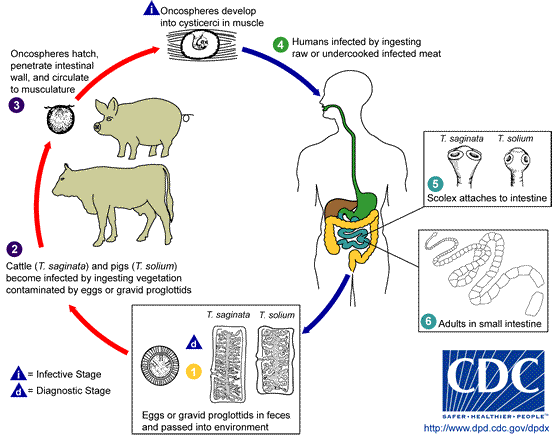Early last year, a number of workers at a pork processing plant in Austin, Minn., began reporting similar symptoms: weakness, fatigue, "heavy legs," pain, and sensory disturbance. When doctors and state health officials investigated, it became clear that all the affected workers had been stationed in or near a portion of the plant where hog brains were liquefied using blasts of compressed air. Wait, does that mean it's time for the Explainer to stop eating pork brains?
No, but inhaling them would be a bad idea. After months of study, it now seems fairly certain that breathing aerosolized hog brain tissue triggers an immune response in the human body that is responsible for these workers' ailments. But there is no evidence thus far that eating pork or even pork brains will trigger the illness. In a press conference Wednesday at the annual convention of the American Academy of Neurology, doctors stressed that "there is no indication that this is a food-borne illness," nor any indication that it can be passed from person to person.
Torie Bosch warned that it could be dangerous to inhale cremated human remains. Michelle Tsai looked at the meat byproducts that go into a can of dog food. Emily Yoffe answered questions about foot-and-mouth disease. Brendan I. Koerner went over how you test for mad cow disease, and Juliet Lapidos explained why the government thinks mad cow is an STD.At the same time, the investigation is preliminary, and scientists have yet to identify the specific agent that is making workers sick. And, anyway, given that a single serving of pork brains in gravy contains a heady 3,500 milligrams of cholesterol—or 1,170 percent of the government's recommended daily intake—it might be best to go easy on the brains.
http://www.slate.com/id/2189379/



